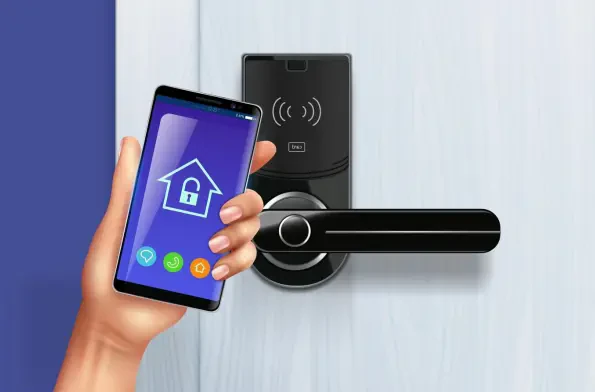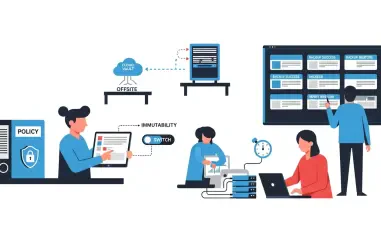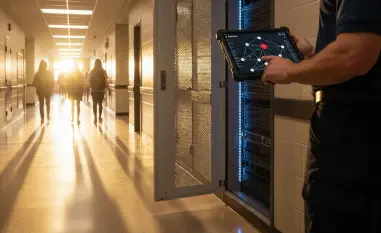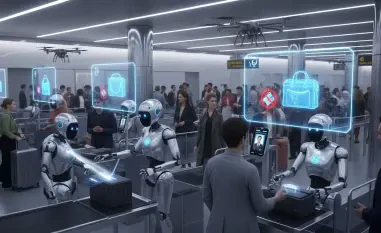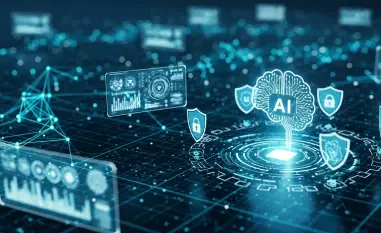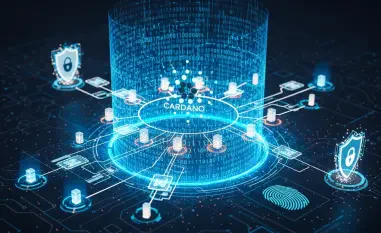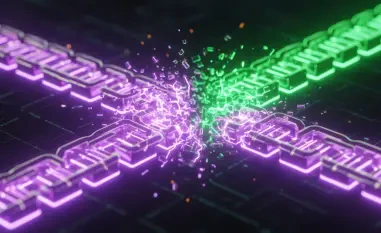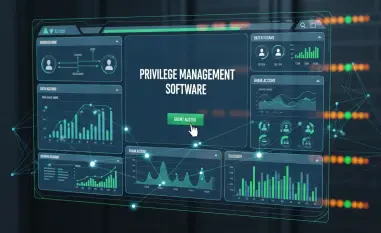In an era where digital natives now make up the primary cohort of college campuses, student accommodations are rapidly adopting advanced technological solutions to meet evolving needs. Student accommodations have come under pressure to integrate modern technologies that enhance security and convenience in line with expectations from students and their families. The shift towards digital access solutions marks an essential transition in the management of these environments, reflecting broader technological trends. As universities strive to offer innovative and safe living arrangements, digital access has emerged as a crucial component, allowing for effective management and increased student satisfaction.
Overcoming Traditional Challenges
Security Concerns with Mechanical Keys
Historically, the management of student accommodations has been fraught with challenges, especially related to security and access control. The use of mechanical keys posed significant security risks, mainly due to lost keys, unauthorized duplication, and the sheer volume of keys required for large accommodation facilities. These traditional systems often left administrators scrambling to maintain security, increase efficiency, and manage the high turnover rate common in campus settings. Digital access solutions address these challenges by providing a sophisticated alternative, eliminating key loss risks, and fortifying security with tamper-resistant technologies.
Digital access systems, such as the SMARTair system from ASSA ABLOY, offer a comprehensive solution by employing advanced digital credentials that are hard to duplicate without authorization. This reduces the chances of unauthorized access, ensuring that residents and staff can have peace of mind regarding the security of their living spaces. Furthermore, the reduction in reliance on physical keys dramatically decreases the administrative burden of frequently changing locks, cutting costs, and resource allocation. The flexibility of digital access also accommodates quick modifications to access permissions, such as adding or removing residents with ease.
High Turnover and Administrative Efficiency
Given the cyclical nature of academic life, student accommodations experience high turnover rates, necessitating a dynamic approach to access management. Traditional systems require constant updating and replacement of keys, complicating administrative processes and increasing costs. The demand for efficient key management becomes more urgent as universities expand their housing options or plan to generate revenue by renting out facilities during off-peak periods. Digital access solutions not only streamline this process but also enhance operational efficiency, allowing institutions to allocate resources more strategically.
Remote management is a significant advantage offered by digital systems. Administrators can receive real-time updates and modify access permissions from any location, facilitating seamless transitions as new students move in and out. The ability to reset or change access credentials instantaneously minimizes downtime and boosts operational productivity. For institutions, this translates to fewer disruptions, reduced human resource demands, and an overall improvement in the provision of student services. Additionally, by eliminating the need for staff to manually handle key transfers, universities can optimize workforce deployment, redirecting efforts towards enhancing student welfare and campus security.
Integration and Multifunctionality
Enhancing the Student Experience
As universities endeavor to create smart campuses, the multifaceted capabilities of digital access solutions become instrumental in shaping student experiences. Innovations like the SMARTair system not only offer secure access to rooms but seamlessly integrate with other campus systems such as dining, laundry, and recreational facilities. This level of integration ensures that students navigate daily campus life with a single digital identity, streamlining their experience and reducing the need for multiple credentials. Furthermore, the convenience offered by these systems meets students’ expectations for tech-driven solutions in every aspect of their university life.
The technological integration also extends to emergency management features. In scenarios requiring quick response, digital access systems can implement lockdowns or evacuations at the touch of a button. Security personnel can remotely manage and monitor entrances and exits, maintaining control over access while ensuring student safety. This proactive approach reduces potential liabilities and enhances the institution’s commitment to maintaining a safe environment. For students and their families, knowing that the campus employs cutting-edge security measures provides reassurance and peace of mind.
Operational and Environmental Benefits
Transitioning from mechanical access systems to digital platforms is not only operationally prudent but also environmentally responsible. Wireless digital solutions like the SMARTair significantly reduce power consumption and carbon emissions compared to traditional wired systems. Additionally, the non-invasive installation process preserves existing infrastructure, reducing waste and the potential need for extensive renovations. This translates into meaningful energy savings and points towards a sustainable model for future renovations, aligning with broader institutional goals for environmental stewardship.
Financial considerations, too, favor digital transitions. By minimizing reliance on physical resources such as keys and dedicated staff for key management, universities realize cost savings that can be redirected towards enhancing other student services. The ability to manage accommodations remotely allows for strategic allocation of human resources, further emphasizing cost-effectiveness. Universities that prioritize sustainability and efficiency find that investing in digital access systems contributes significantly to achieving these objectives without compromising on their commitment to providing secure, functional living environments.
Embracing a Tech-Driven Future
Global Adoption and Success Stories
Across the world, universities are embracing digital access as a vital component of modern campus living, with success stories illustrating tangible benefits. Facilities such as the Funway Academic Resort in Madrid and Westbridge Residential School in New Zealand stand out as exemplars of the transformative impact of these technologies. These institutions have seen increased security, streamlined management processes, and heightened student satisfaction as a direct result of their investment in digital systems. The global trend is clear as more campuses adopt similar strategies as part of an effort to align with student expectations and technological advancements.
As these digital transitions proliferate, they pave the way for enhanced inter-campus collaborations and standardized protocols that benefit education globally. A consensus is emerging favoring the adaptability and scalability inherent in digital solutions, thereby encouraging campuses to plan for future technological advancements and evolving student needs. Notably, these campuses report improvements in various metrics, from security and efficiency to resident satisfaction and retention—a testament to the effectiveness and foresight of integrating digital access solutions in student accommodations.
Preparing for Future Needs
In today’s digital age, college campuses are predominantly inhabited by students who grew up surrounded by technology. This generation of digital natives necessitates that student housing facilities embrace advanced technological solutions to adequately address their evolving expectations and preferences. The demand for integrating cutting-edge technologies that boost security and convenience is at an all-time high, as both students and their families anticipate modern amenities. Consequently, the move towards digital access solutions represents a pivotal shift in the administration of student accommodations, mirroring widespread technological advancements. Universities are dedicated to offering living arrangements that are innovative and secure, and incorporating digital access solutions has become an integral aspect of this endeavor. This approach not only ensures effective management but also significantly enhances student satisfaction, reflecting the importance of staying aligned with current digital trends to provide a seamless and responsive living experience.
